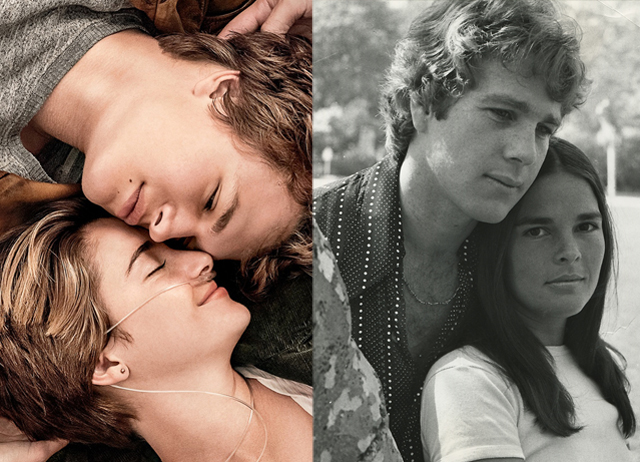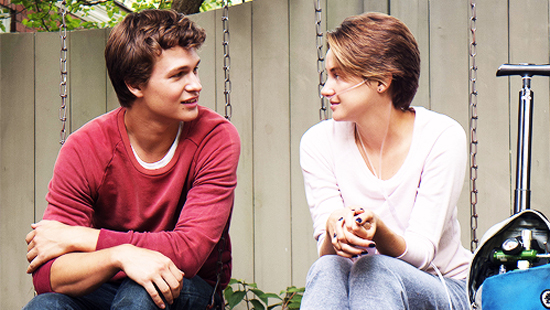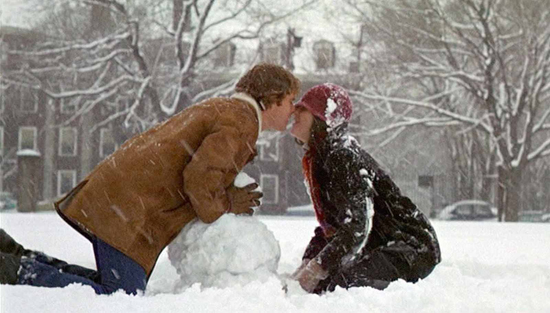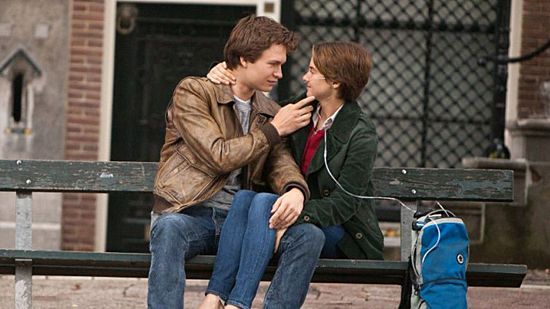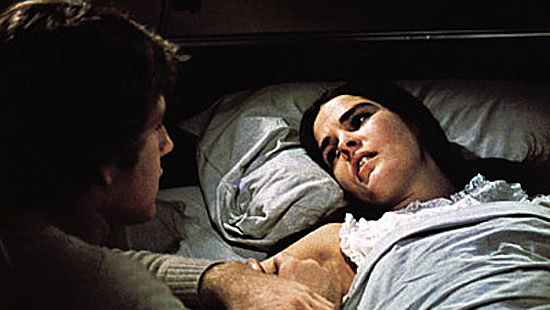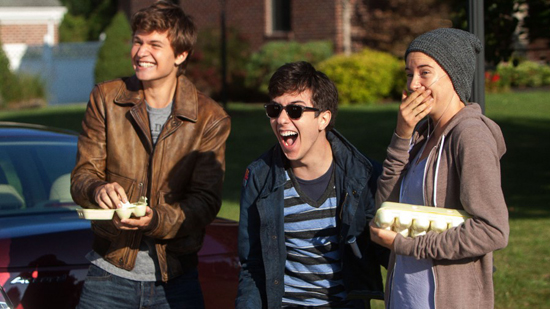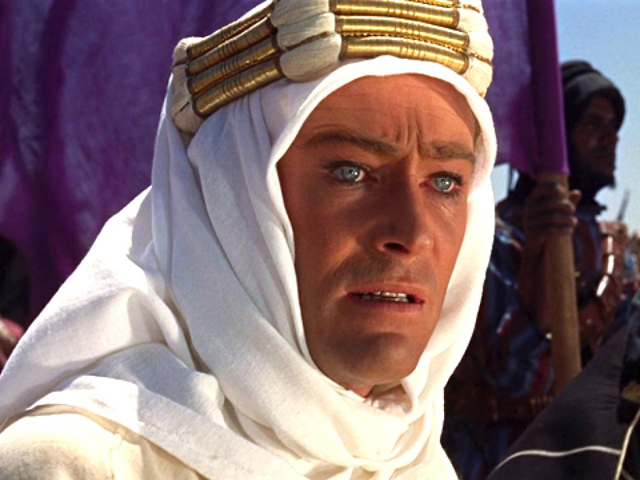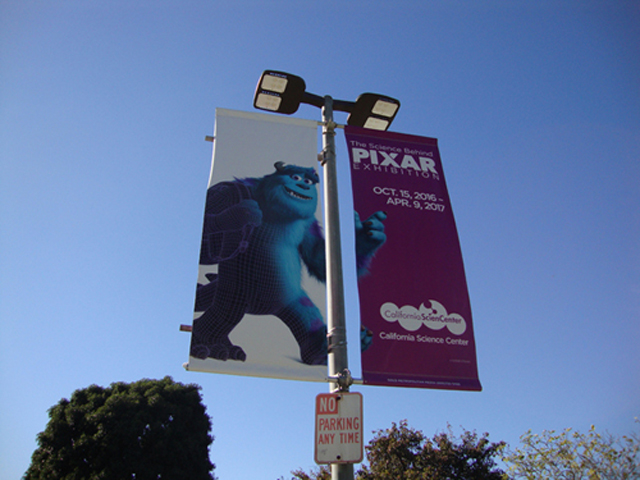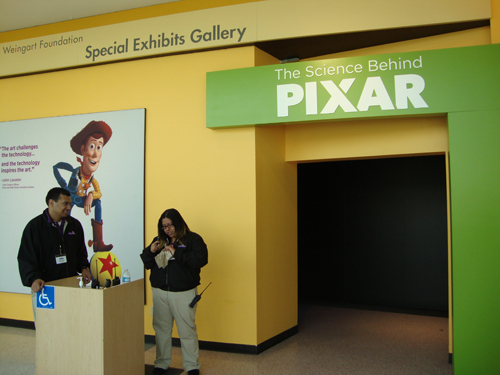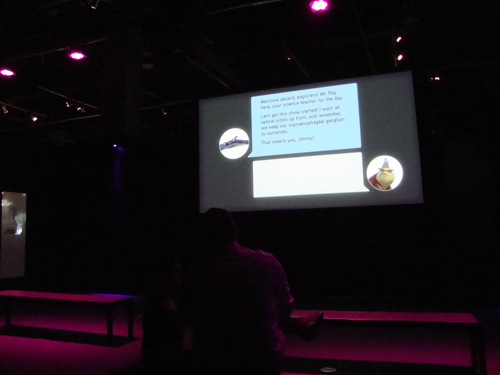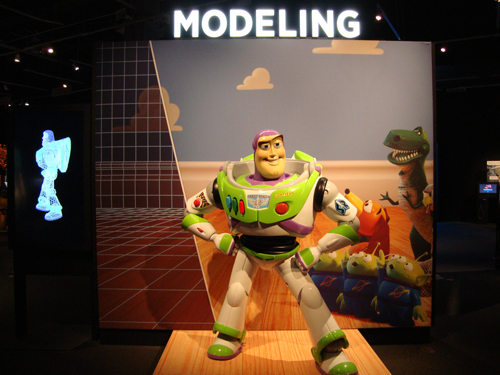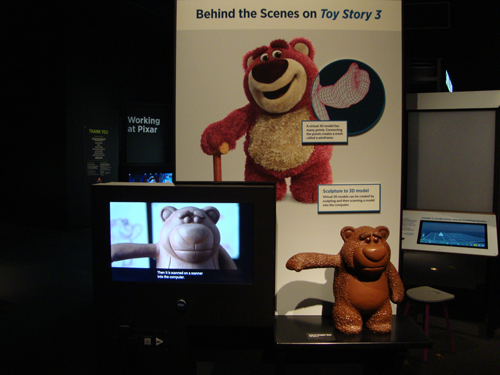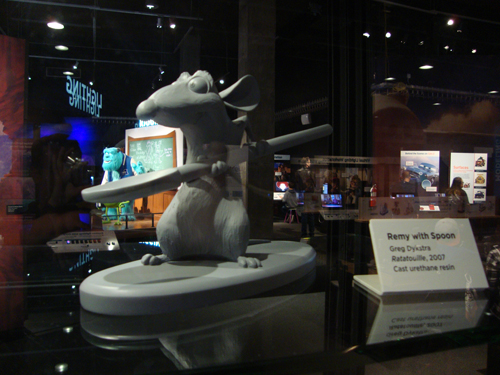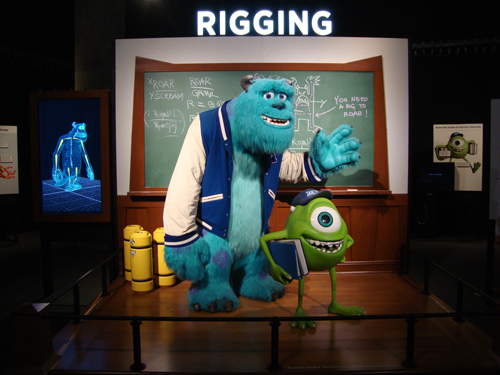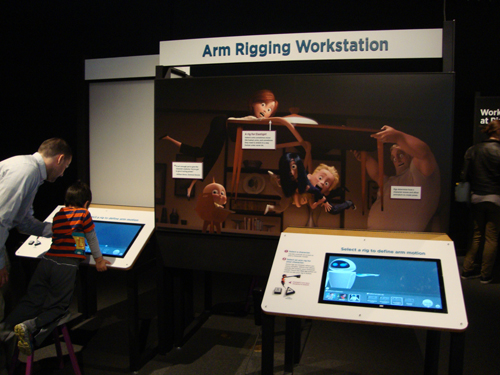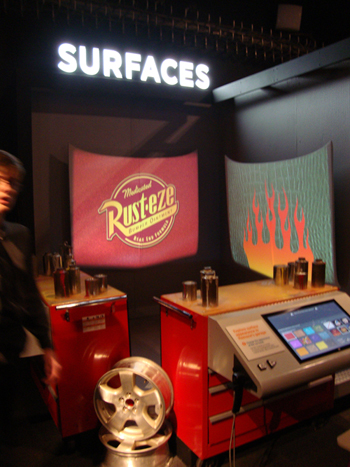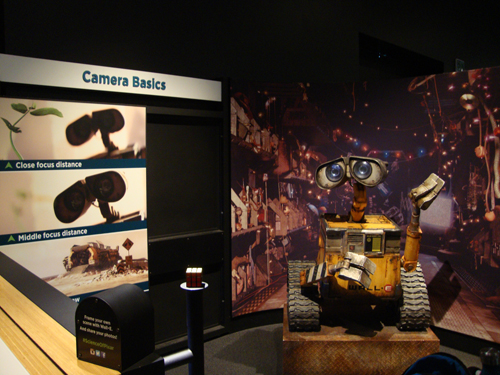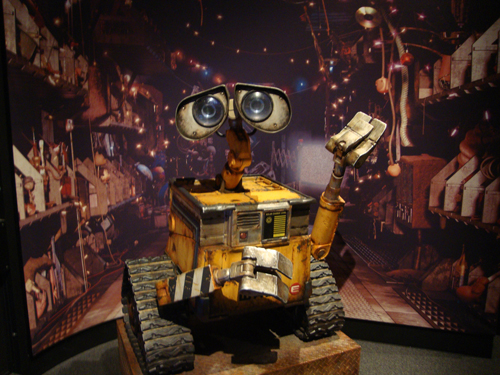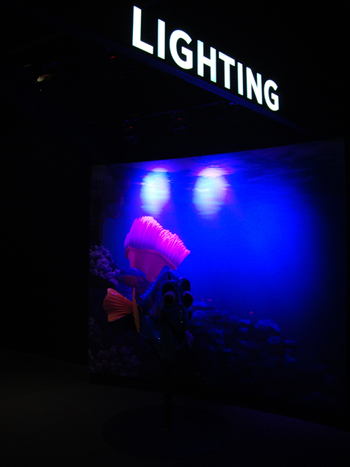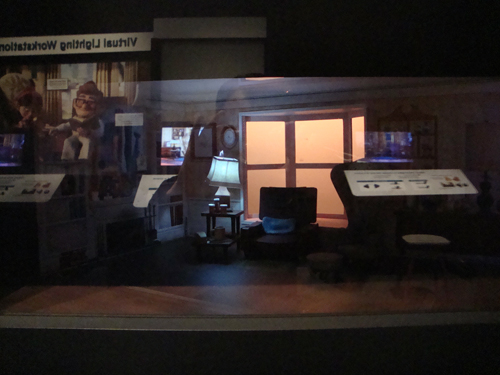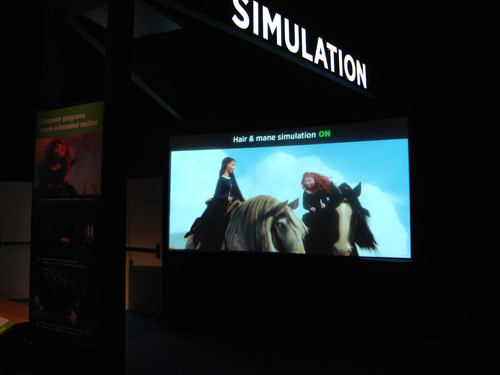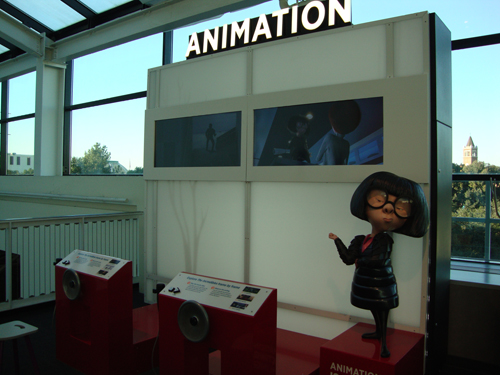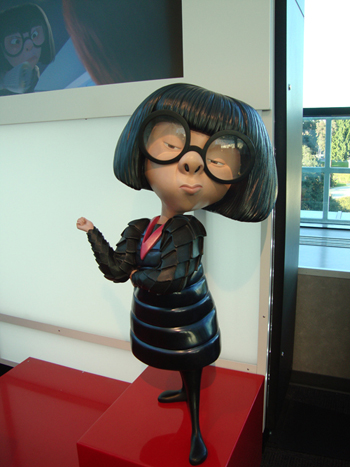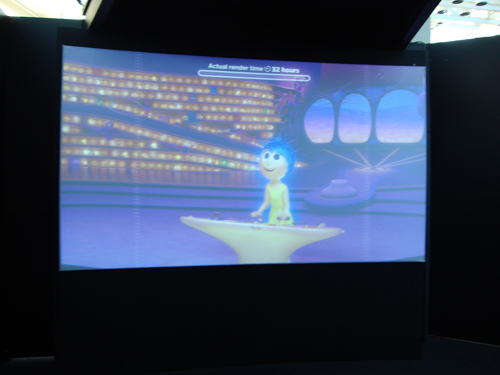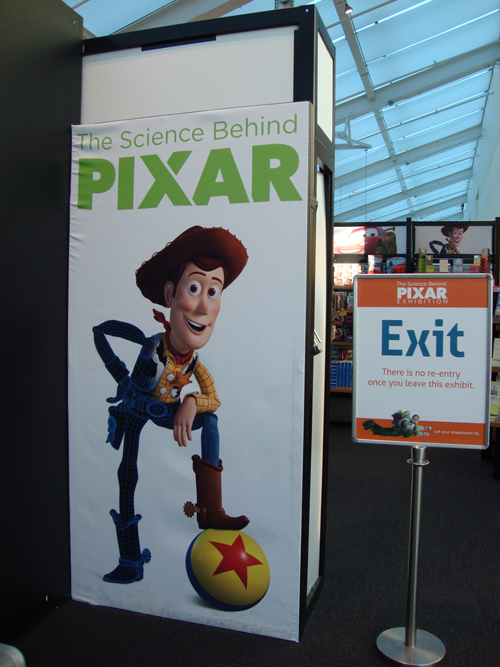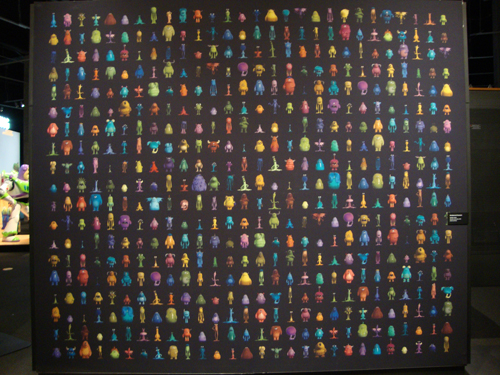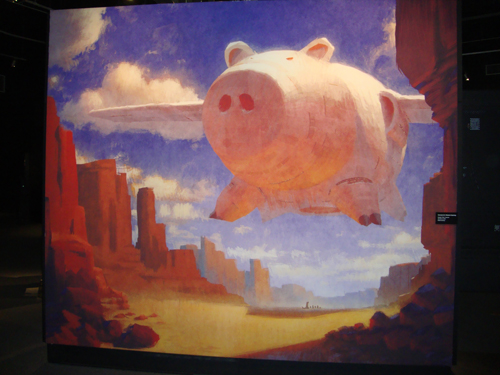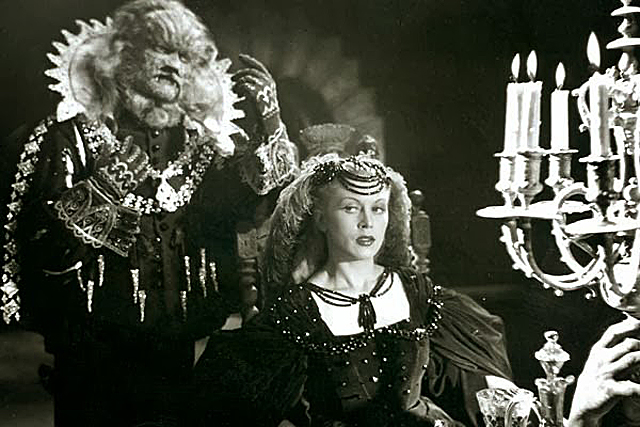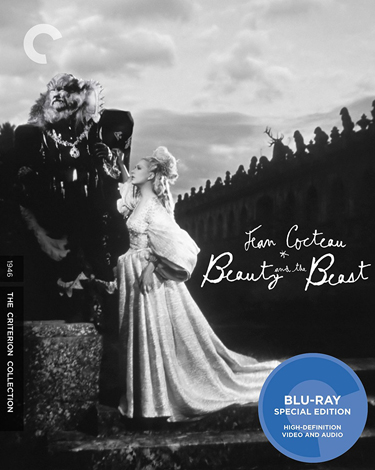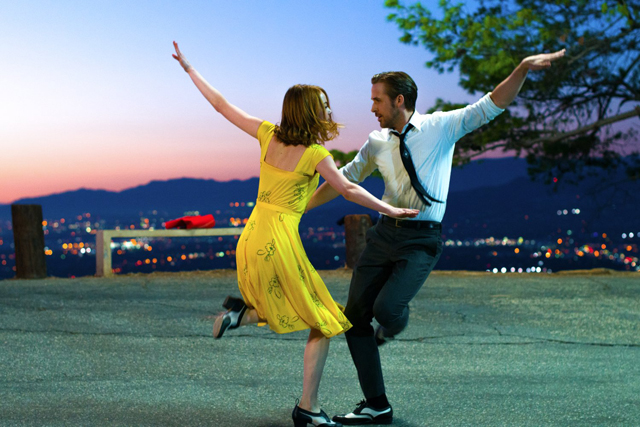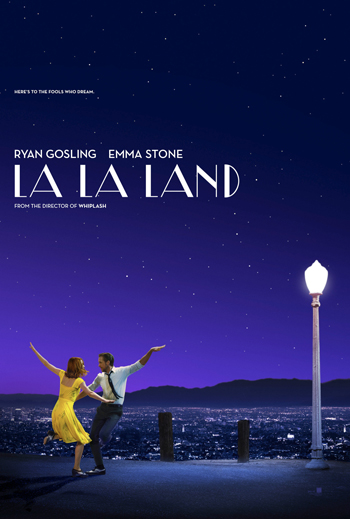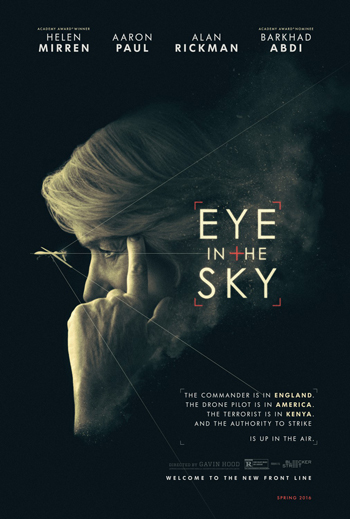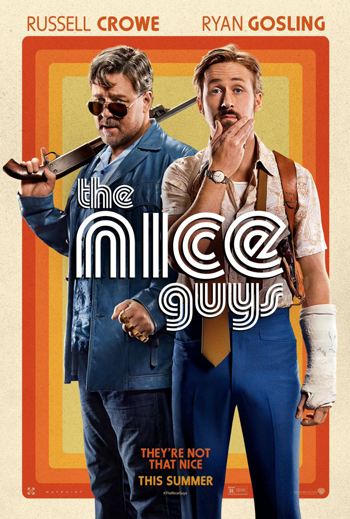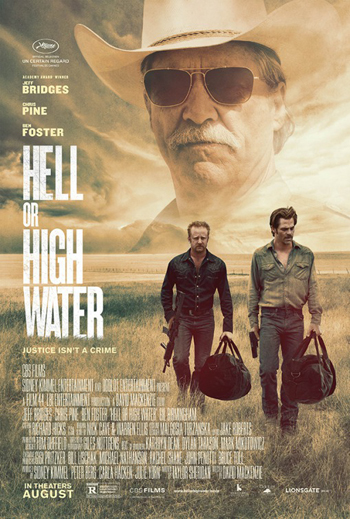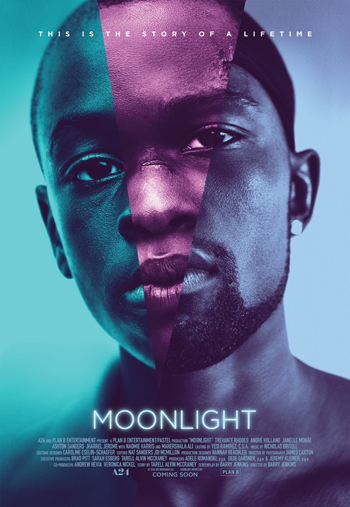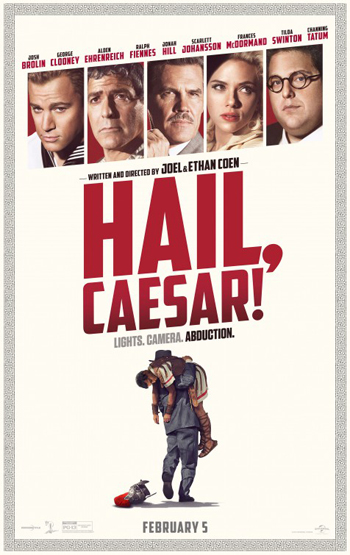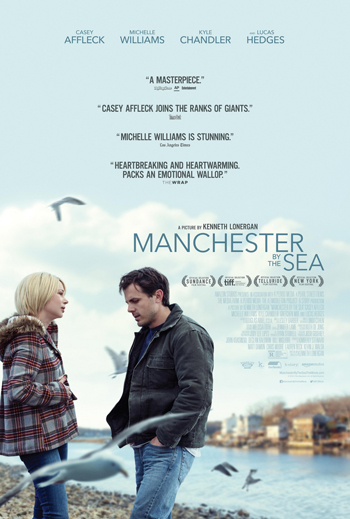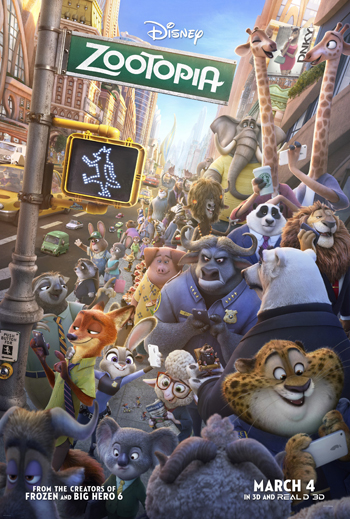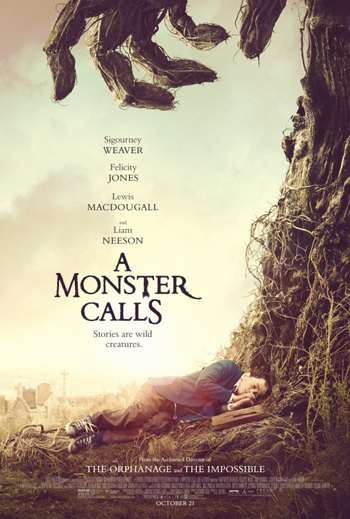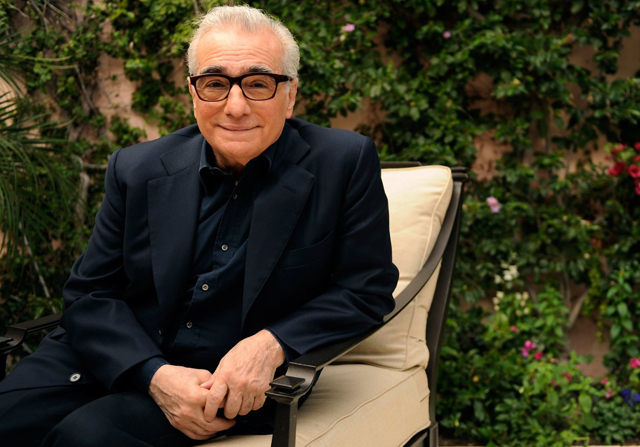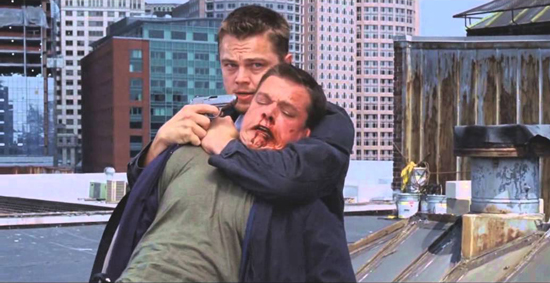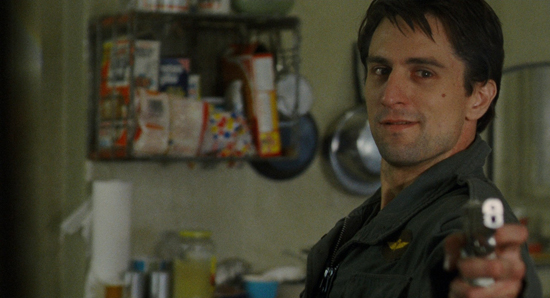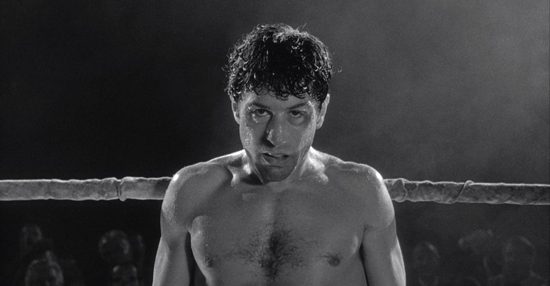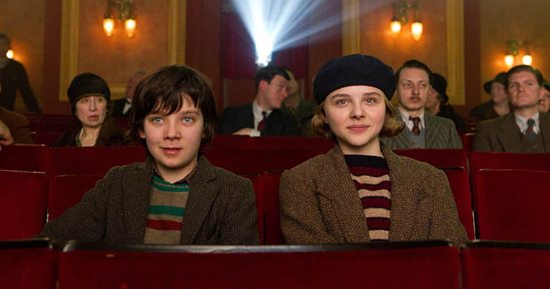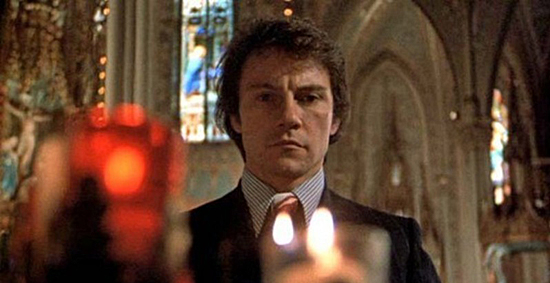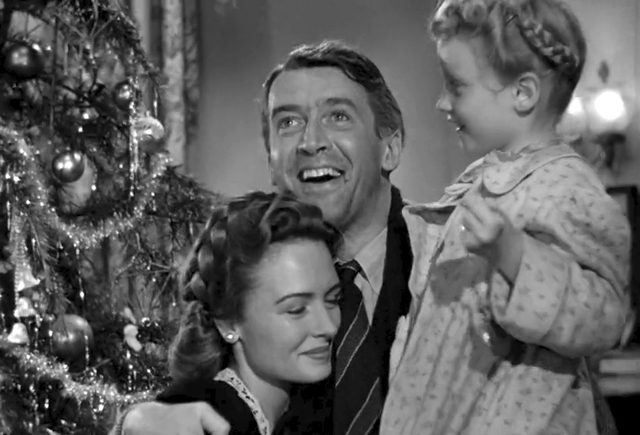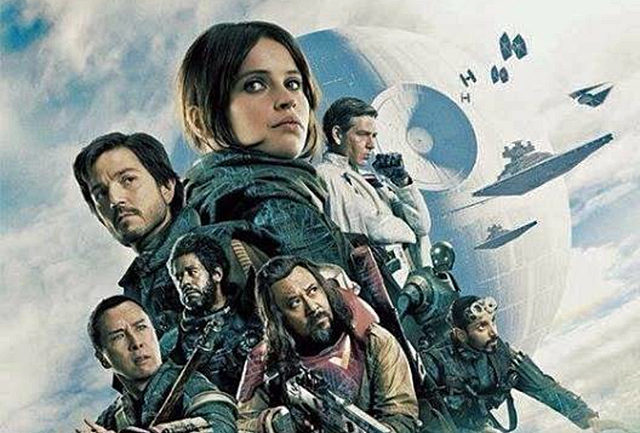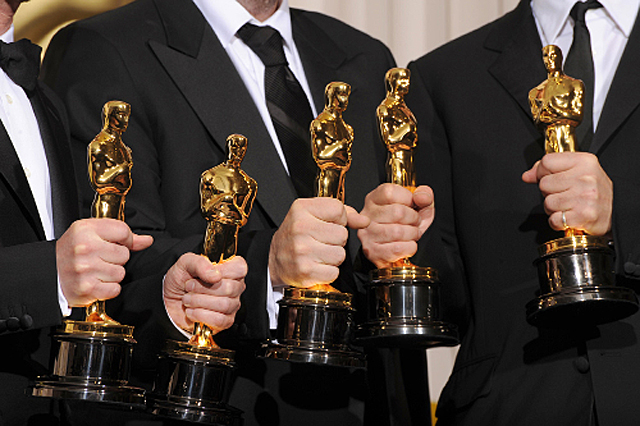
The Awards season once again comes to a close with the presentation of the Oscars in another week. With it, the final verdict of the previous year in movies. At least, that’s how the industry itself likes to put it. For most of us on the outside looking in, the Academy Awards seems to be less reflective each year of how we responded to the movies they put out into the market. None of last year’s top grossing films are up for Best Picture, and are instead relegated to the “minor” awards like Visual Effects and Sound Mixing. For the most part, the movies up for the top awards are very little seen by the casual viewing public, and it often leads to many people watching the Oscars on TV every year feeling perplexed as to which movie is which. There are a lot of factors that lead the Academy towards the choices they make every year, and sometimes they do lead to some short-sighted results. Too often we have seen in Oscar history where one movie has won the award over another, and the loser has gone on to become one of the most beloved films of all times, while the winner has disappeared into obscurity. Hindsight makes us see the folly in some of these choices, but looking back at the time in which it happened, it sometimes makes more sense how each of the big winners at the Oscars managed to get there. Whether we like it or not, the road to the Oscars is defined by it’s own complicated politics; which can sometimes be as messy as the real political world. To be an Oscar winner, you have to abide by many industry rules, impact the right people, and appear the whole way through like a champion. And even still, winning the Award comes down to having the right amount of luck on your side, as well as the right timing. All of this shows that just making a great movies isn’t enough to be gifted Oscar glory.
Looking at the whole of Oscar history, we’ve got to remember that the total number of winners that has ever been since it’s inception could just barely fill up the Dolby Theater in Hollywood where the Awards are held. Most winners are just lucky to have their one and only, while an even smaller handful win it more than once. Overall, it is very difficult to win an Academy Award. Some of our greatest legends never won in their lifetimes, including Alfred Hitchcock, Cary Grant, and Peter O’Toole, and were only lucky to be gifted Honorary Awards towards the end of their careers. Edward G. Robinson was never even nominated, and died shortly after learning of his Honorary Award; never getting the opportunity to savor his glory. As much as many of us dream of one day holding one of those golden boys for our own, it’s highly likely that it’s a dream that will never come true. But, it’s not a dream that can’t be achieved either. One thing that does define all Oscar winners across the board is that it came from their hard-earned, passionate work. Even if you dislike the ultimate choice of the winner each year, you can’t make the argument that the person won for doing a half-assed, lazy job. Every Oscar winner pushed themselves harder than they would normally, and that’s something that garners the attention of the industry around Oscar time. For filmmakers, it’s usually because they worked under some extreme conditions to complete their film, like David Lean filming in the Arabian desert with Lawrence of Arabia (1962), or Peter Jackson shooting three epic films simultaneously in order to win on the third with The Lord of the Rings: The Return of the King (2003). And with actors, it’s transforming themselves completely for the performance, like Charlize Theron in Monster (2003), Matthew McConaughey in Dallas Buyers Club (2013), or any winning performance by Daniel Day-Lewis. Winners are lucky, but they don’t get the glory without something to show for it.
But, there have been many great movies and performances over the years that pushed the envelope and yet were completely ignored by the Academy. How do some movies rise to the top while others do not? That is where the politics of the Oscars come into play. The Academy of Motion Picture Arts and Sciences (AMPAS) is an organisation of industry professionals established to help advance the innovations in both arts and science in all industry fields. As part of it’s mission, the Academy created an award to honor the highest quality film-making each year as a way to promote the many different advancements made in the medium for audiences everywhere to appreciate. That award, first given out in 1927, would go on to become the Oscar, and has since become the highest honor anyone can receive within the industry. In the 89 years since, the Academy has blossomed into a prestigious organization, with it’s membership made up of some of Hollywood’s most elite talent. Individual Academy members can identify themselves as such, but the Academy itself keeps their full roster a closely guarded secret. In total there are approximately 6,000 voting members of the Academy, and it is them who decide who ultimately wins on Oscar night. It’s a democratic system, with balloting deciding the winner, but it’s also a secretive process, with vote totals never being made public. The selection process of Academy members is also kept secret, so it is sometimes hard to know who’s voting for what sometimes. We do know that actors make up the largest voting block of the Academy, so that’s why it’s a lot more common to see performance driven films do well at the Academy Awards. But, even still, there is a belief that the representation of the Academy is not as reflective of the rest of the industry as it should be, nor with the rest of society, and that’s often why so many people call into question many of the winners they select.
One thing that we know about the Academy is that their voting block tends to skew a little older, and is more predominantly white. This led to some controversy in the last couple years with people crying foul over the lack of diversity among the nominees; even going as far as some calling for a boycott of the Awards ceremony. While I don’t believe that the Oscars left out minority nominees on purpose, it nevertheless was an indication of the unfortunate downside of having such a closed off organization in charge selecting the choices. It ultimately led to current Academy president, Cheryl Boone Isaacs (who is African-American) to revise the standards and qualifications for membership, in the hope to bring more diverse perspectives to the Academy. But even with this change, there is still the danger of the Academy holding something of an elitist position in determining who is most deserving of the industries top award. Sometimes, generational differences have caused a rift between what the Academy wants and what the viewing public values. You see groundbreaking films like 2001: A Space Odyssey (1968), Raging Bull (1980), Fargo (1996) and The Social Network (2010) lose out to more traditional competition like Oliver, Ordinary People, The English Patient, and The King’s Speech respectively, and it’s all believed because the Academy didn’t recognize the changing attitudes of the times and instead went with what was safe. The more cynical view is that the Academy tends to reward standard fare over the more groundbreaking, because it gives them a lower bar to cross when they make their own grand statements to win an award for themselves. You can make the claim that this is why smaller, independent films succeed at the Oscars so often, with some notable exceptions that couldn’t be ignored (Titanic and The Lord of the Rings).
But, the make-up of the Academy is only one obstacle in the labyrinth of trying to win an Oscar. One major factor that comes into play is the ability to look like a winner. While the selection process of the Academy Awards is closely guarded secret, their ultimate conclusions have more than often proved to be very predictable. Some of the time, many Academy members tend to neglect their privilege and see very few of the actual nominees that are up every year. Even with all the publicity surrounding the films and the numerous screeners that are shipped out to Academy members, a few movies will fall through the cracks, which then leads to Academy members turning to what we call “bellwethers” in the award season in order to make a choice. These tend to be all the previous awards given out in the season leading up to the Oscars, including the Golden Globes, the Critics Choice Awards, all of the Guild awards, and even the prestigious film fest accolades that each film has collected. This gives the voting member a better idea of whether or not the movie or the performance is Oscar worthy or not. So, if you’re looking to win an Oscar, the best thing you can do is to win as much of these bellwether awards as you can. It may not always work, as there have been a few curve-balls in the past. Adrien Brody won his Oscar for Best Actor in The Pianist (2002), having won no prior award up to that point; losing out to the favorites that year with Jack Nicholson in About Schmidt and Daniel Day-Lewis in Gangs of New York. But, with exceptions, the vast majority of Oscar winners had made it to the final ceremony with a lot of previous wins under their belt, and the golden boy was just the final piece of their collection. To become a winner, you have to look like a winner, because it’ll make the Academy feel all the more confident in their choice. One hopes that the wave that Oscar winners ride through Award season will have lasting power beyond the final ceremony, otherwise it just looks like only hollow hype.
Though the Academy takes into account how an Oscar nominee fares throughout the season, they also take note with how the nominees reflect back on the Academy in the public eye. One thing that us outsiders notice around Awards season is the constant hurdles that an actor or filmmaker must go through in order to put the best face forward after becoming a nominee, otherwise they may lose their shot at winning. In many ways, this is the most political that the awards season gets. Many nominees are forced to play by the academy’s rules and be on their best behavior in order to convince the voters that they are not only talented, but also made of good character. The last thing that the Academy wants is to court controversy, so they often hold their nominees to a higher standard. Hopefully, the Academy ultimately judges winners based on the work itself, and not by looking into the personal lives of the nominees. It is unfortunate that sometimes nominees do fall victim to Academy bias. Sir Ian McKellan is believed to have been overlooked for his performance as Gandalf in The Lord of the Rings: The Fellowship of the Rings (2001), because of his outspoken support of gay rights at the time; another indicator of the Academy showing a slow adaptation to changing values. There is also the risk of an actor’s less than flattering work overshadowing their nominated work; such as the case with Eddie Murphy, whose critically panned Norbit (2007) was released to theaters just as he was making his case for an Oscar for his performance in Dreamgirls (2006), which he lost in what some believe to be a direct effect. Since then, people have termed these kinds of negative films as the next “Norbit.” Whether or not it’s true, the Academy still is not happy when you break their rules in the process. Melissa Leo nearly thought she lost out on her Oscar for The Fighter (2010) when she violated Academy rules with self-promotion in publication ads throughout the industry. Still, she won, and the academy more than often does reward for art over personal behavior, such as with no show George C. Scott in Patton (1970), or the fiercely independent Mo’Nique with Precious (2009) . But, still there are unmistakable concessions to the Academy that most nominees must live by and often times can’t escape.
Finally, there is one other factor that plays into a person’s chances to win an Academy Award and that’s the ever crucial element of timing. The Academy often has been accused of terrible timing with their choices, because too few of them ever look that good years later. But, when you’re only allowed one choice in every category each year, you are usually bound to make a choice that won’t please everyone. The only times you do make the popular choice is when it’s obvious to everyone else. There are often some years where there is such a clear favorite that any other choice would be foolish. But, when it’s not, the key to winning is to hope that your stock rises at just the right moment. You can see that through some of the bellwether selections, but oftentimes, a curve-ball is thrown into the mix. George Clooney looked like a sure thing in 2011 when he was up for Best Actor for The Descendents, but then a little French film called The Artist began to gain traction late in the season and by Oscar night, Clooney saw his sure fire win go to little know Jean Dujardin, the French comedic actor who stars in The Artist. Sometimes, however, being overlooked for so long is one way to garner sympathy from the Academy in order to ride a wave towards a win. The Academy tends to go out of it’s way sometimes to right past wrongs, sometimes in short-sighted ways, awarding leeser films because of how they robbed an actor or director of an award in the past. It’s not always a bad thing. I don’t know of anyone who was upset when Martin Scorsese finally won an Oscar after 5 previous nominations over a 40 year career with The Departed (2006), or Leonardo DiCaprio finally winning an award last year for The Revenant (2015). Sometimes, the mood of the industry also influences who they choose to win. In many cases, they reward a movie because of what it has to say, and use the win as a statement to the rest of the world. The academy may be slow to adapt sometimes, but every now and then, they reward risky films like Midnight Cowboy (1969), or Platoon (1986), or movies with a passionate statement on society like last year’s Spotlight (2015). It’s all about matching the mood of the Academy in order to win, and even this can prove to be as unpredictable as anything else.
One sure fire thing that we’ve recently learned about the Academy Awards is that they greatly value movies that reflect well on them specifically. Many have accused the Academy of vainly rewarding movies that flatter the industry, and it’s not difficult to imagine this being true. With The Artist (2011) and Argo (2012) winning back to back like they did, and La La Land poised to be this year’s big winner, it seems pretty clear that the best way to succeed at the Oscars is to appeal to the Academy’s own sense of self worth. But, it’s not always going to be the case. Most movies, filmmakers, and performers walk away winners on Oscar night because they had all the cards fall into place for them at the right time. Sure, there is a lot of political wrangling to make that happen, but there’s no denying that all of it is a long process that everyone would want to go through, all for the glory of the win. The only issue for the Academy is whether or not they do a great service for the industry by taking so many precautions in their selections. As we’ve seen before, what seemed like a logical choice at the time ends up not bearing fruit in the years since. Hindsight is a problem for the Academy, and it often leads to many shakeups within their organization to determine how they can best keep up with a world and industry that is changing so rapidly. For the most part, despite their flaws, they still have the final statement to make on the industry within every calendar year, and it’s a distinction that won’t leave them soon. We may not agree with their choices every year, but we are nevertheless fascinated by the significance of the Award, and the impact that it has left on film history.
